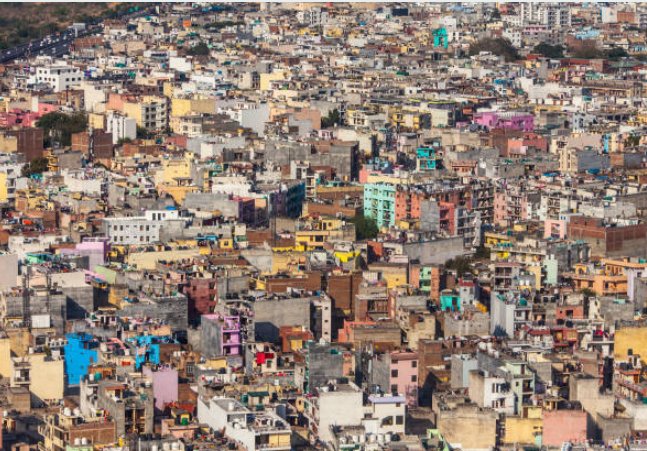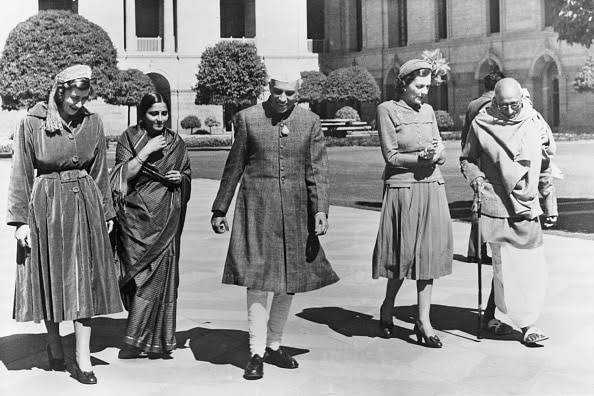"The gentle waves lapping at his feet whispered tales of despair and forgotten lives."
Alan Kurdi's death in 2015 was a watershed moment in the global refugee crisis. The image of his tiny body on a Turkish beach brought unprecedented attention to the plight of Syrian refugees and the dangers they face. Alan’s story resonated deeply, prompting calls for more compassionate and effective responses to the refugee crisis from governments and international organizations
The world is currently grappling with unprecedented humanitarian crises and migration challenges. According to the United Nations High Commissioner for Refugees (UNHCR), by the end of 2023, approximately 117.3 million people were forcibly displaced due to conflict, violence, persecution, and other disruptions, and this number has continued to rise into 2024, potentially surpassing 120 million This editorial examines the global humanitarian crises, the dynamics of migration, and the specific role and challenges faced by India in this context, drawing from reports by the UNHCR, International Organization for Migration (IOM), and various research publications.
Humanitarian crises worldwide are multifaceted, often triggered by a combination of conflict, political instability, climate change, and economic downturns. Regions such as Sudan, Somalia, Myanmar, and Yemen have seen severe escalations in violence and instability, leading to massive internal and cross-border displacement.
In Sudan, the renewed violence has exacerbated an already dire humanitarian situation. Over 1.2 million people have fled to neighboring countries, with millions more displaced internally . Similarly, in Myanmar, the military takeover in 2021 has led to continuous conflict, with over 1.3 million people displaced internally as of 2023. Somalia's crisis, driven by climate shocks like prolonged drought followed by severe flooding, has led to significant food insecurity and displacement, affecting millions .
Migration remains a significant global phenomenon, driven by the search for safety, stability, and better opportunities. The World Migration Report 2024 by the IOM highlights that there are around 281 million international migrants globally. Remittances from these migrants have become a crucial economic driver, especially in low- and middle-income countries, amounting to $831 billion in 2022 .
Migration also plays a critical role in human development, despite often being overshadowed by negative narratives. The complexity of migration patterns necessitates nuanced understanding and effective policy responses. For instance, gender plays a significant role in shaping migration experiences, with women and men facing distinct challenges and vulnerabilities throughout their migration journeys .
◆ India's Role and Challenges
India stands at a crucial juncture concerning both internal and international migration. As a destination, transit, and origin country, India faces unique challenges and opportunities in addressing migration and humanitarian crises.
1. Internal Displacement: India has its share of internally displaced persons (IDPs) due to natural disasters, development projects, and localized conflicts. For instance, the 2018 floods in Kerala displaced over a million people temporarily, showcasing the urgent need for robust disaster management and rehabilitation strategies.
2. Refugees and Asylum Seekers: India hosts a significant number of refugees, primarily from neighboring countries like Myanmar, Afghanistan, and Sri Lanka. The Rohingya crisis has particularly highlighted the complexities of refugee management in India. Despite not being a signatory to the 1951 Refugee Convention, India provides asylum to these refugees, although their legal status and access to services remain contentious issues.
3. Economic Migrants: India is also a significant source of international migrants, particularly to the Gulf countries. The remittances sent by these migrants are vital for the Indian economy, contributing significantly to GDP. However, the migration process often involves exploitation and harsh working conditions, raising concerns about the protection of migrant workers' rights.
4. Policy Responses: India's migration policies need to address both humanitarian and economic dimensions. This includes enhancing the legal framework for refugees, ensuring protection and integration of IDPs, and safeguarding the rights of Indian migrants abroad. Additionally, bilateral and multilateral cooperation is essential to manage migration effectively and humanely.
The global landscape of humanitarian crises and migration is complex and ever-evolving. The rising numbers of displaced individuals underscore the urgent need for comprehensive and coordinated international responses. Countries like India, with its unique position in the migration matrix, must play a proactive role in shaping policies that are inclusive, humane, and forward-looking.India's approach should encompass robust legal frameworks, effective disaster management strategies, and active participation in international dialogues on migration. By fostering cooperation at regional and global levels, India can contribute significantly to addressing the root causes of displacement and ensuring the dignity and security of migrants and refugees.
In conclusion, while the challenges are immense, they also present opportunities for innovation, solidarity, and human-centric policies. The international community, including India, must rise to the occasion, transforming crises into catalysts for positive change and sustainable development. The stories behind the staggering statistics remind us of the human faces at the heart of these crises—faces that deserve our empathy, action, and commitment to a better future.




















